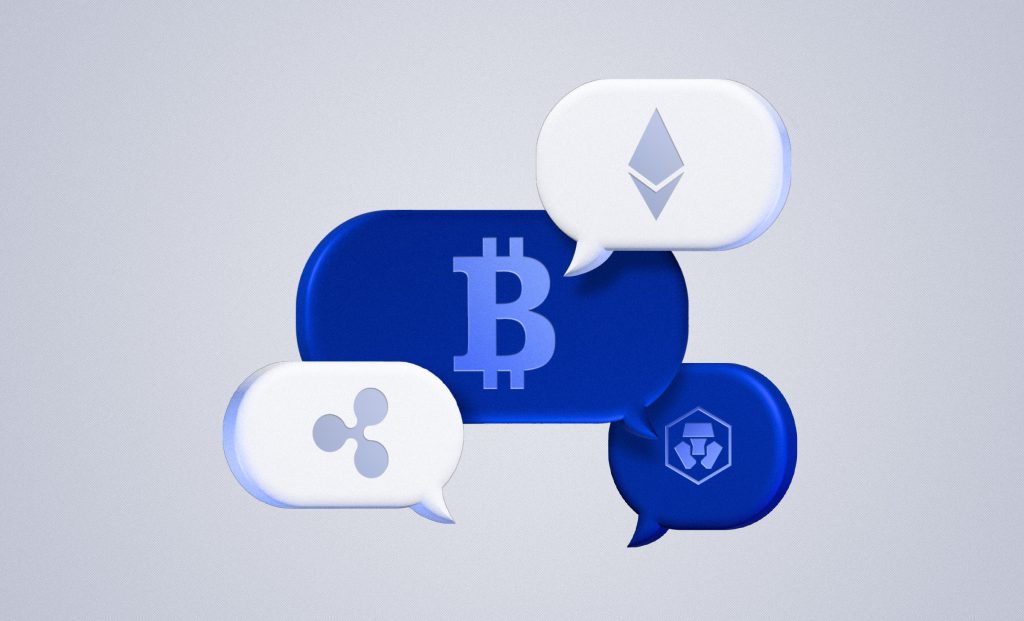Introduction:
Cryptocurrency Transaction Fees is one of the important factor in crypto domain. Cryptocurrency has revolutionized how we send, receive, and store value – offering fast, borderless, and decentralized alternatives to traditional banking. But one aspect that often confuses both beginners and seasoned users is cryptocurrency transaction fees.
If you’ve ever wondered why you’re charged fees when sending crypto, how they’re calculated, or how to reduce them, this article will break it all down.

What Are Cryptocurrency Transaction Fees?
A cryptocurrency transaction fees are a small amount of crypto paid to process and validate a transaction on a blockchain network. This fee acts as an incentive for the network participants (miners or validators) who confirm transactions and maintain the integrity of the network.
In short, you pay a fee so that your transaction gets included in a block and successfully recorded on the blockchain.
Why Are Cryptocurrency Transaction Fees Necessary?
Here’s why these fees matter:
- Network Security: Fees discourage spam transactions and protect the network from abuse.
- Transaction Priority: Higher fees can get your transaction confirmed faster.
- Validator/ Miner Incentive: They are rewarded for their work securing the blockchain.
Types of Fees Across Blockchains
Different blockchain networks use different mechanisms for calculating fees:
Bitcoin (BTC)
- Uses a fee-per-byte model.
- The more data your transaction contains, the higher the fee.
- Fees are paid to miners.
Ethereum (ETH)
- Based on gas fees, which measure computational work.
- Gas price (in gwei) × gas limit = total fee.
- A portion of the fee is burned, and the rest goes to validators.
Binance Smart Chain (BSC)
- Uses a similar model to Ethereum but with lower gas fees.
- Known for being more cost-efficient.
Layer 2 Networks (e.g., Arbitrum, Optimism)
- Built to reduce transaction fees by settling on Ethereum but executing off-chain.
- Fees are much lower than Ethereum mainnet.
Factors That Influence Transaction Fees
Several variables affect how much you pay:
- Network Congestion
- During peak times, more users = higher fees.
- Example: During NFT mints or DeFi farming booms on Ethereum, gas prices surge.
- Transaction Size
- Larger transactions (more inputs/outputs or complex smart contracts) cost more.
- User-Set Priorities
- Some wallets let you set fees manually. A higher fee may result in faster confirmation.
- Blockchain Design
- Bitcoin and Ethereum handle fees differently than Solana, Avalanche, or Polkadot.
How to Check or Estimate Fees
Most wallets show you an estimated fee before confirming a transaction. You can also check manually:
- Bitcoin: mempool.space
- Ethereum: etherscan.io/gastracker
- Solana: Typically very low and flat-rate
These tools help you decide when to send or adjust your gas settings.
Tips to Reduce Transaction Fees
- Use Low-Traffic Periods
- Fees are lower when fewer people are using the network.
- Switch to Layer 2 or Cheaper Chains
- Consider using Polygon, Arbitrum, or Avalanche for lower-cost DeFi and NFT activities.
- Batch Transactions
- Some wallets allow you to bundle multiple actions into one, saving on gas.
- Adjust Gas Settings Manually
- Advanced users can tweak gas limits and prices for better control.
- Use Wallets with Fee Optimization
- MetaMask, Trust Wallet, and others often suggest optimal fee settings.
Who Collects the Fees?
- Bitcoin: Miners
- Ethereum (Post-Merge): Validators (plus a portion of the fee is burned)
- DEX Platforms: May charge additional fees for swaps
- Bridges and Cross-Chain Tools: Often include network and protocol fees
Always check the breakdown before confirming a transaction to understand where your fees are going.
Are Transaction Fees a Problem?
Not necessarily, but they can be an obstacle for microtransactions or casual users. This has led to the development of:
- Scalable blockchains with cheaper fees
- Layer 2 solutions
- Fee optimization tools built into dApps
The good news: as crypto evolves, fees are becoming more predictable and manageable.
Conclusion
Understanding cryptocurrency transaction fees is essential for any crypto user. Whether you’re transferring Bitcoin, swapping tokens on Ethereum, or minting an NFT, knowing how fees work helps you save money, avoid delays, and make better decisions.
At Crypto Relic, we recommend staying updated on fee trends and exploring new blockchain technologies that offer efficient, low-cost alternatives. Learn about privacy pitfalls as it is important to secure.
Remember: Every transaction has a cost – but with the right knowledge, you can minimize it.
1 thought on “Understanding Cryptocurrency Transaction Fees”